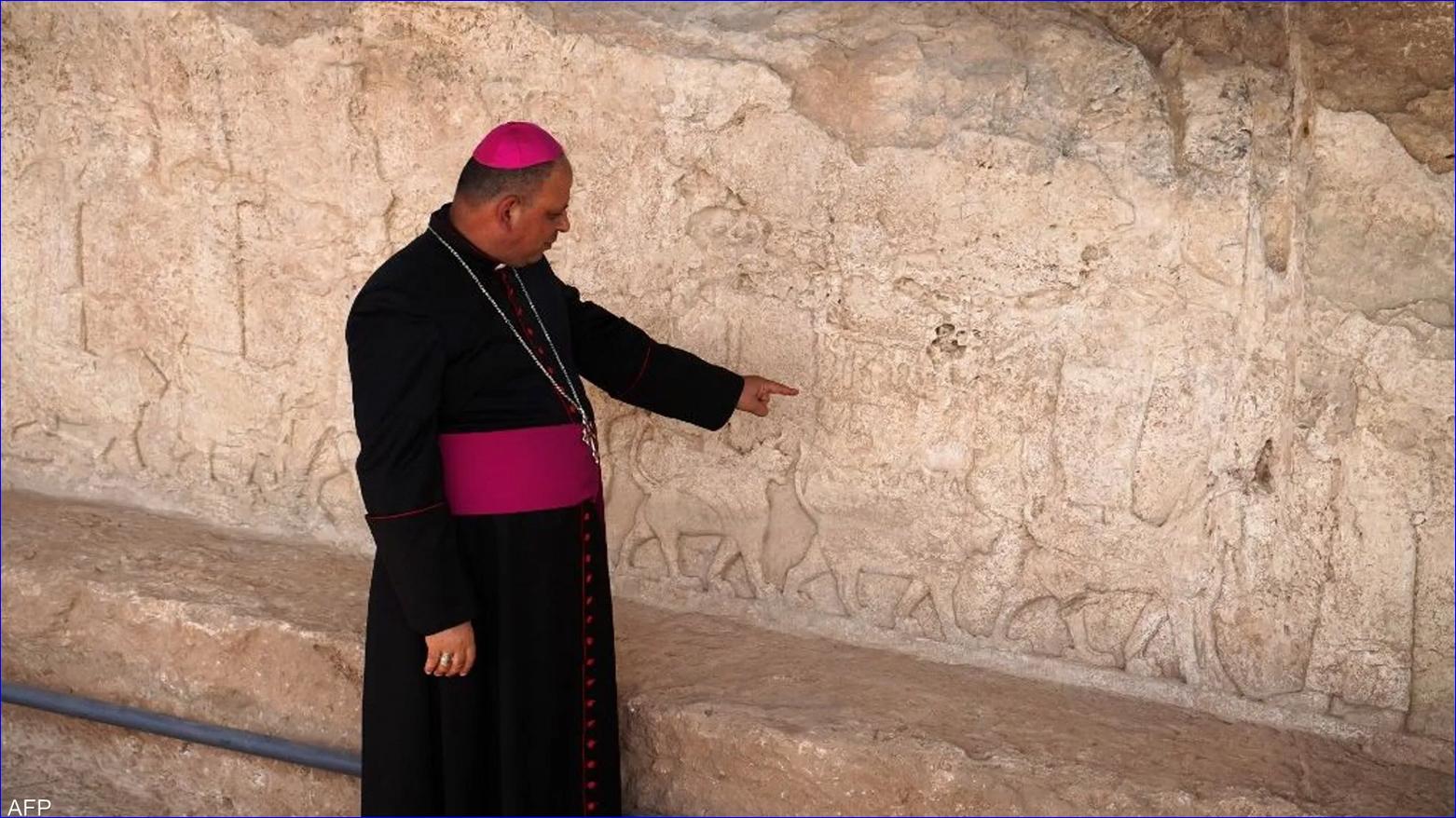


This ancient park features 13 rock-carved reliefs and a remarkably preserved 10-kilometer-long irrigation canal, offering rare insights into the sophisticated engineering and water management systems of early Mesopotamian societies.
An Assyrian legacy carved in stone
Archaeologist Kovan Ihsan notes that Faida's structures belong to the Neo-Assyrian period, though the identity of the monarch who commissioned the project remains uncertain due to the variety of inscriptions and stylistic differences found throughout the site.
Recent studies suggest parts of the park may have been initiated during the reign of Tiglath-Pileser III (circa 825 BC), but the major excavations and hydraulic developments are believed to have been carried out under King Sennacherib, who constructed one of the most complex irrigation networks in the ancient region of Bahdinan.
Kurdistan's archaeology renaissance since 2003
Since 2003, the Kurdistan Regional Government (KRG) has fostered a stable and supportive environment for archaeological research, prompting international organizations and foreign academic missions to invest in restoration and excavation efforts across Duhok.
As a result, over 2,700 archaeological sites have been officially registered in Duhok province alone.
"Preserving heritage, attracting the world"
Speaking to Kurdistan24, Duhok's Director of Antiquities, Bex Breefkani, emphasized the local government's commitment to cultural preservation:
"Our teams have worked for years to restore and organize a number of historical sites to prepare them for visitors, showcasing the region's rich cultural legacy."
He added that Duhok's archaeological landmarks--many of which possess exceptional historical and cultural value--position the province as a rising destination for cultural tourism both within Iraq and the broader region.
A model for sustainable tourism and preservation
According to the Directorate of Antiquities, 64 sites have been restored in the past five years, with 90% of the work funded directly by the KRG. The remainder was supported by international consulates, universities, and cultural organizations.
Looking forward, the Kurdistan Regional Government aims to capitalize on its archaeological wealth by expanding restoration programs and infrastructure development, transforming historical landmarks like Faida into vibrant centers of education, tourism, and heritage conservation--showcasing the deep-rooted civilizations that flourished across the Kurdish homeland.

or register to post a comment.